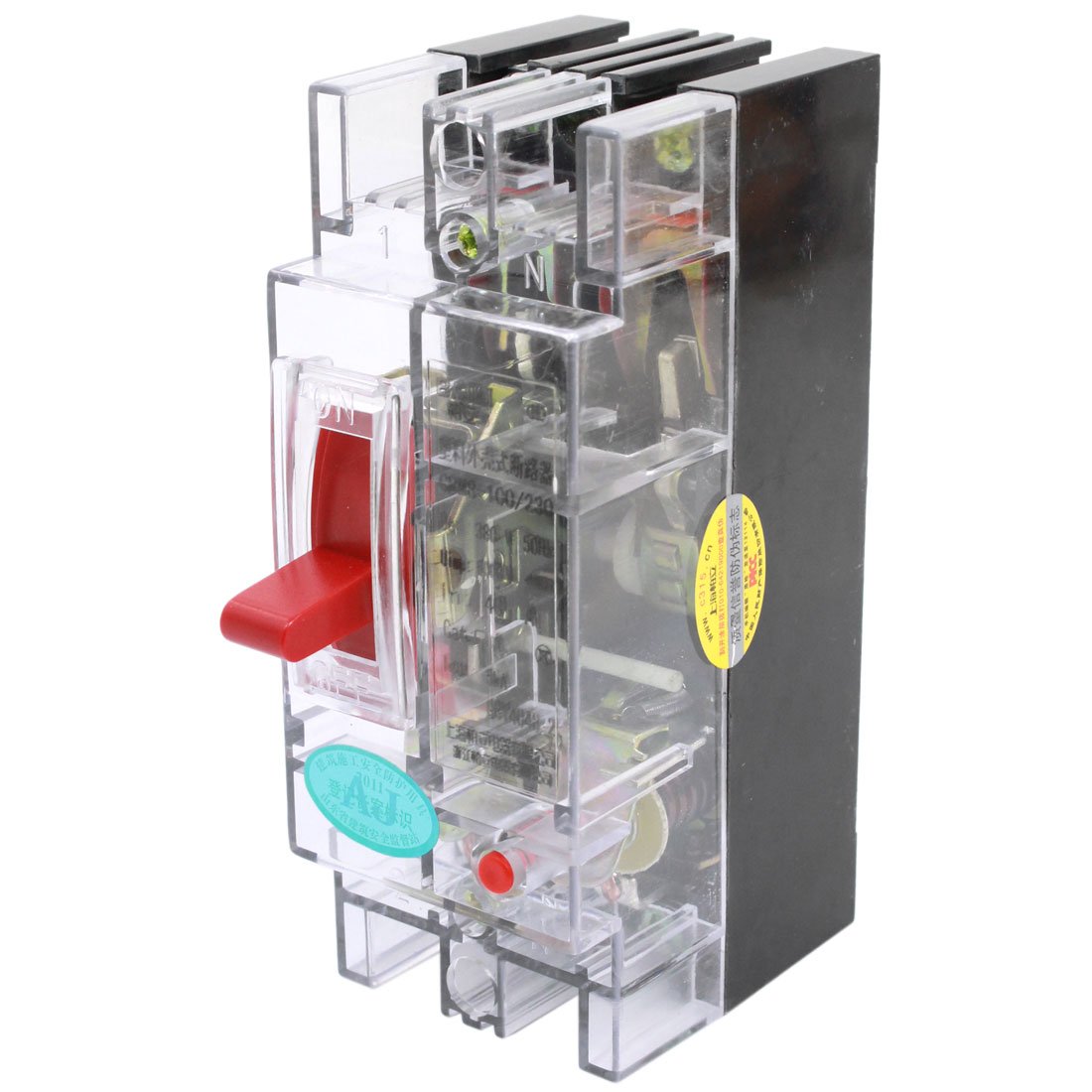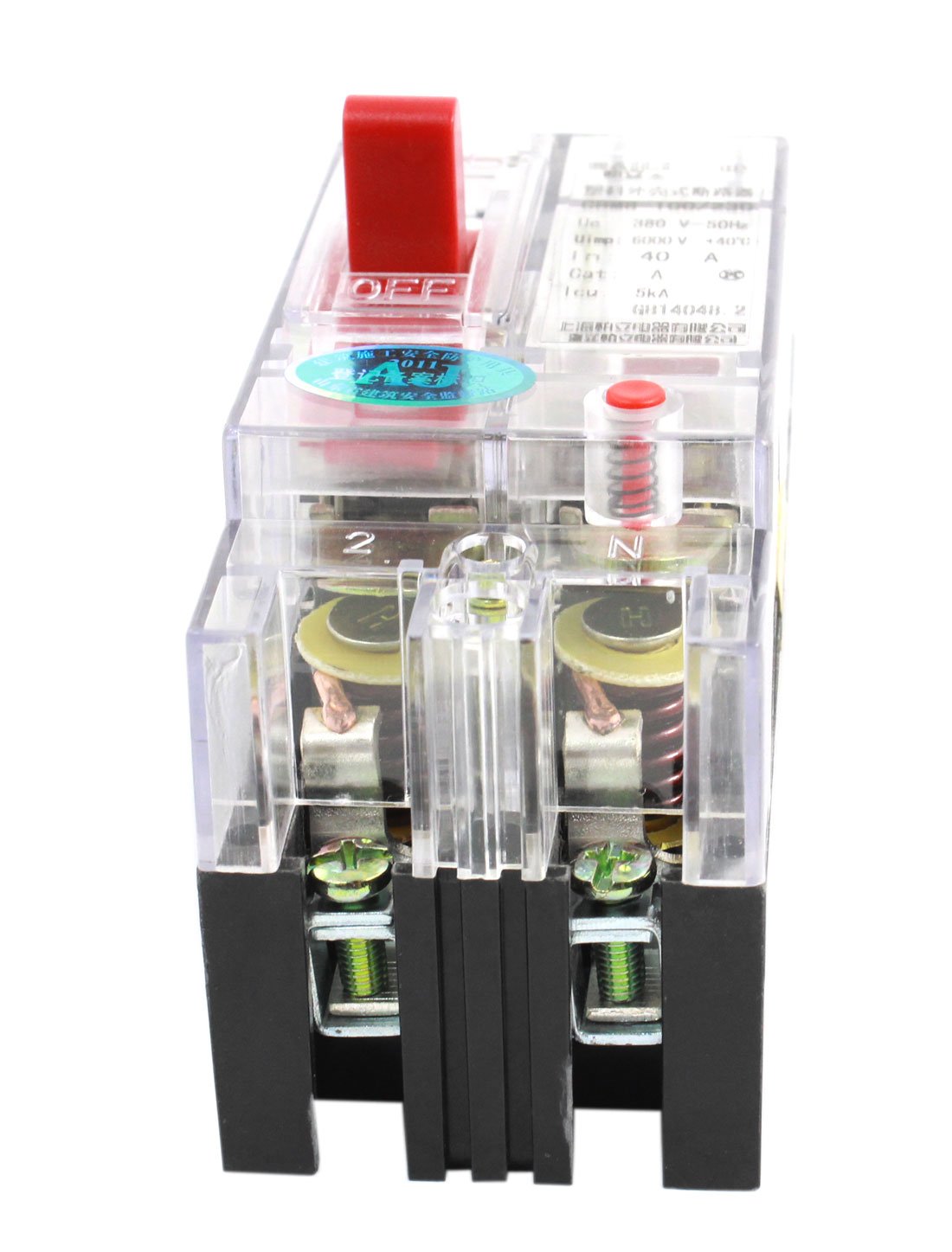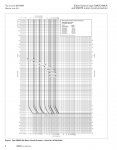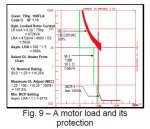I don't know about the specific breaker in the picture, but with magnetic-only HMCP breakers it will trip instantaneously if, and only if, the current reaches a certain point. This setpoint is adjustable on the front of the breaker, and the setpoint is usually pretty high.
It's designed for short circuits or inadvertent grounding of equipment. On the other hand, thermal protection is designed to protect against overloading of the circuit, and not short circuits or grounds.
And there is no code requirement that says the circuit breaker has to have both...but you have to have both in your circuit, whether it comes from the circuit breaker or elsewhere.
I work in the industrial three-phase world, and in most of our MCC starter enclosures, the breakers are magnetic-only and protect against the motor shorting out or going to ground, or extreme overloads. Meanwhile the "heaters" protect against less severe overloads, and thus provide thermal protection according to FLA of the motor.






